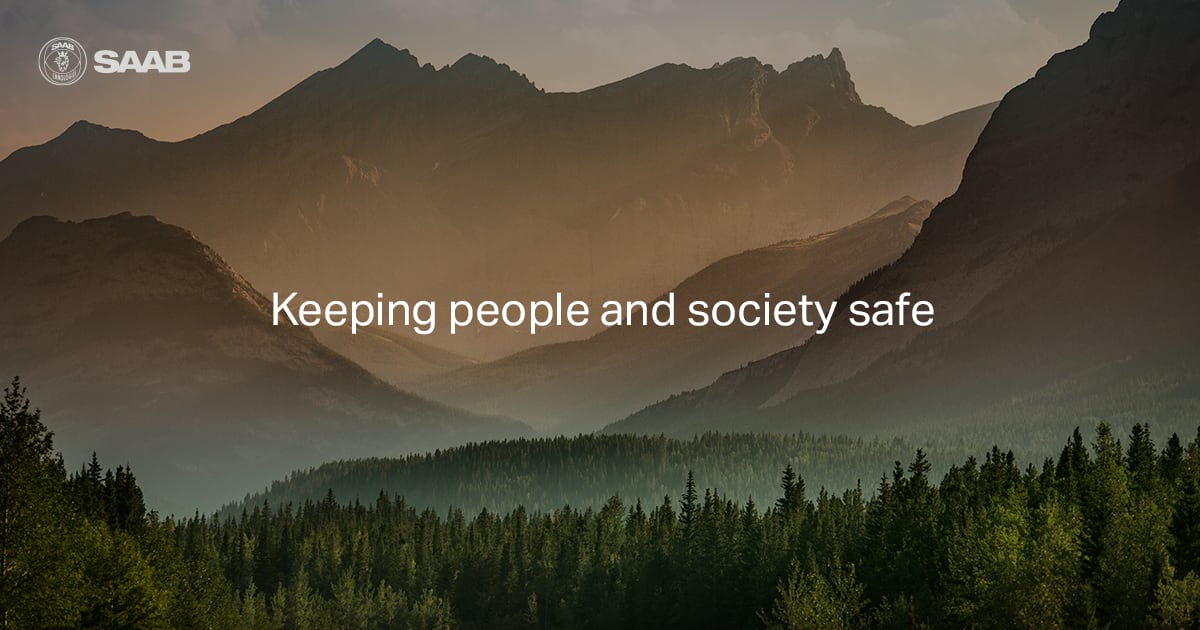- Reaction score
- 2,200
- Points
- 1,160
My .02 is that it is ALL political. This govt , the PM, doesn't give a shit what's good for its citizens, nor the CF. It's all about what's good for them, remain in power. If the aircraft is made /or assembled in Quebec, it will be a go to. History proves that.
Where is the $600 Billion in unaccounted spending?
Where is the $600 Billion in unaccounted spending?




